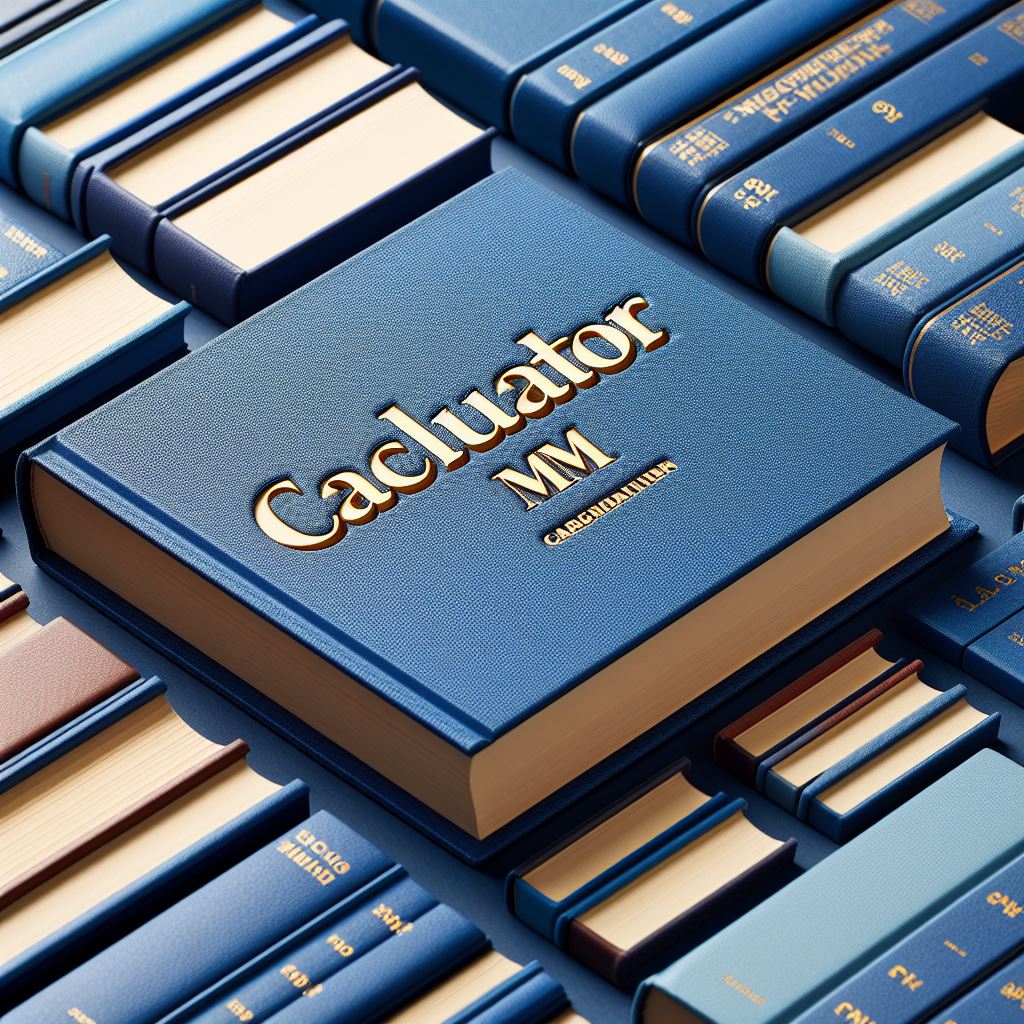
Unlocking the Secrets: Calculating Book Spine Width Made Easy 2024
Have you ever wondered about the perfect width for your book’s spine? It’s a crucial element that can make or break the visual appeal of your masterpiece on the shelf. In this guide, we’ll delve into the art of calculating book spine width, demystifying the process in a way that anyone can understand.
Understanding the Basics
What is Book Spine Width?
Book spine width is the thickness of the book when it rests on a shelf, facing outward. It’s the numerical value you often see on the spine that allows booksellers and readers alike to easily locate it among a sea of other titles.
Why Does it Matter?
A thicker spine doesn’t just make your book noticeable; it also provides ample space for the title and author’s name. A well-calculated spine ensures that your book stands out while maintaining a professional appearance.
The Equation Unveiled
Simple Math: How to Calculate Book Spine Width
Let’s keep it simple. The basic formula is:
Spine Width=(Number of Pages×Paper Thickness)/(Paperweight×Paper Factor)\textSpine Width = (\textNumber of Pages \times \textPaper Thickness) / (\textPaperweight \times \textPaper Factor)Spine Width=(Number of Pages×Paper Thickness)/(Paperweight×Paper Factor)
Breaking it down, you need to consider the total number of Book Spine Calculator pages, paper thickness, paperweight, and the paper factor, which varies based on the type of paper used.
Choosing the Right Paper
Paper matters! Selecting the right paper can significantly impact the spine width. Opt for a paper that complements your book’s genre and audience. Heavier paper might demand a broader spine, while lighter paper allows for a slimmer, sleeker look.
Practical Tips for Perfection
Consider Your Book’s Genre
Different genres have different expectations. A novel may have a slimmer spine, emphasizing a clean and classic aesthetic. On the other hand, a reference book or an art collection might warrant a broader spine for visibility and durability.
Don’t Forget the Font Size
The size of your font plays a role in the overall design. Larger fonts may require more space, affecting the spine width. Strike a balance that ensures readability without compromising aesthetics.
Troubleshooting Common Dilemmas
Dealing with Varying Page Sizes
If your book has different page sizes, calculating the average page width can help maintain a consistent spine appearance. Remember, consistency is key!
Adjusting for Hardcover vs. Paperback
Hardcovers and paperbacks have distinct considerations. Hardcovers typically need a wider spine due to the additional cover material, while paperbacks can get away with a slimmer profile.
Expert Insights: When to Consult a Professional
Seeking Professional Design Assistance
If numbers make your head spin more than your book, consider consulting a professional book designer. They bring expertise to the table, ensuring your book not only looks good on the shelf but aligns with industry standards.
Conclusion: Perfecting Your Book’s Presentation
In the world of publishing, every detail matters. Calculating book spine width is a blend of science and art, ensuring your creation stands tall and proud. Whether you’re a seasoned author or a debut novelist, mastering this aspect will elevate your book to new heights.
Frequently Asked Questions
- Can I use the same formula for any type of paper?
